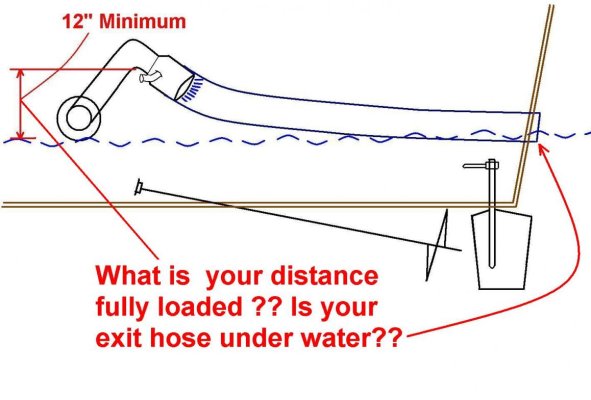Brisyboy
Senior Member
- Joined
- Mar 7, 2015
- Messages
- 423
- Location
- Australia
- Vessel Name
- Malagari
- Vessel Make
- Island Gypsy 36 Europa
In chasing down a lot of steam from our port engine (raw water pump impellor) I checked the exhaust elbow - made of steel and badly corroded. Bummer! Up to my local stainless guy for a new one (as an aside, I dropped the old one in at 9.00am and picked up the newly manufactured heavy guage stainless one at 3.00pm!!) - he reused the base flange that bolts to the manifold) and it got me thinking about the effect of the design of the elbow could have on engine cooling.
My corroded one was not the original however we followed the design ie diameter of inside pipe - here`s the question - if the design of the elbow restricted the through flow of water ie the water space in the jacket was too small - would this reduced flow increase engine temp - and vice versa.
Are original elbows designed with any great science or are they basically the same - I have seen some with the water injected into the exhaust through a series of vents round the circumference of the inner exhaust pipe and the outer, or in the case of mine - no restrictions. Am I over thinking this?
My corroded one was not the original however we followed the design ie diameter of inside pipe - here`s the question - if the design of the elbow restricted the through flow of water ie the water space in the jacket was too small - would this reduced flow increase engine temp - and vice versa.
Are original elbows designed with any great science or are they basically the same - I have seen some with the water injected into the exhaust through a series of vents round the circumference of the inner exhaust pipe and the outer, or in the case of mine - no restrictions. Am I over thinking this?


